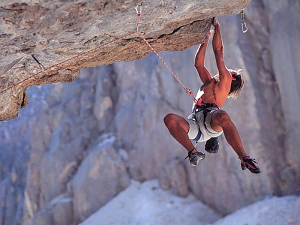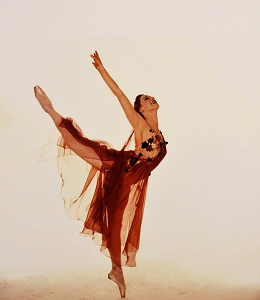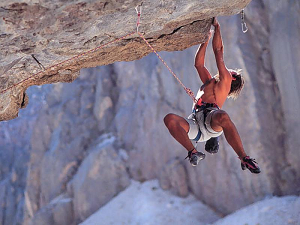Rock climbing. Climbing walls and climbing schools
 Man wanted to conquer nature at all times – rafting along the turbulent river flows, studying the depths of the sea, exploring the dark depths of the cave. But climbing has always stood out especially on this list. After all, it is during the climb to the summit that a person tests his strength every minute, very often one has to be left alone with himself, with his equipment and the smooth vertical surface of a mountain stone.
Man wanted to conquer nature at all times – rafting along the turbulent river flows, studying the depths of the sea, exploring the dark depths of the cave. But climbing has always stood out especially on this list. After all, it is during the climb to the summit that a person tests his strength every minute, very often one has to be left alone with himself, with his equipment and the smooth vertical surface of a mountain stone.
Climbing is a sport that was once separated from mountaineering, so it’s pretty difficult to trace its history. We only know that active development began in the territory of our country. The first competitions in this sport were dedicated to the 30th anniversary of the USSR and held in the summer of 1947 on the rocks of the Western Caucasus by Antonovich. And in 1955, the first Soviet championship was held, which became regular only ten years later. In 1971, the USSR invites participants from other countries – Austria, Hungary, Italy, Spain, Germany, Romania to the championship in Yalta. Later, the tradition of international championships was picked up by other countries.
In our time, climbing competitions are held in three categories – difficulty (15-30 m of a rather difficult track), speed (a certain track in the shortest time) and bouldering (a series of short and difficult tracks with respites between them). The latter version is the most popular, it is considered to be included in the program of the Olympic Games.
In Moscow, climbing began to quickly gain popularity due to the opening of climbing walls in various parts of the capital. All the climbing walls of Moscow are equipped with safety devices and fixed ropes. Rock climbing walls vary in height (from 4 to 8 meters in height on average, the highest in Moscow – 17 meters), types of climbing (bouldering, on difficulty) and topography (“mushrooms”, “wave”, “belly”, “icicle”). Experienced instructors can always help beginners, very often climbing schools work at the climbing walls.
There are also many types of climbing, which differ in the type of terrain (artificial or natural), the presence of the insurance system, preparedness of the route and many others.
When you conquer the mountain peak, you feel like the winner of something inaccessible, the freshness of the mountain air gives a feeling of freedom, you want to soar above the world under this bright and bright sun. But it is necessary to take into account that the descent (on which beginners have a large number of injuries) is no less important and difficult than the ascent, therefore you can only relax at the bottom. And from the beginning of the route to the end of the route, safety must remain the main thing not only for one’s own, but also for all team members.


